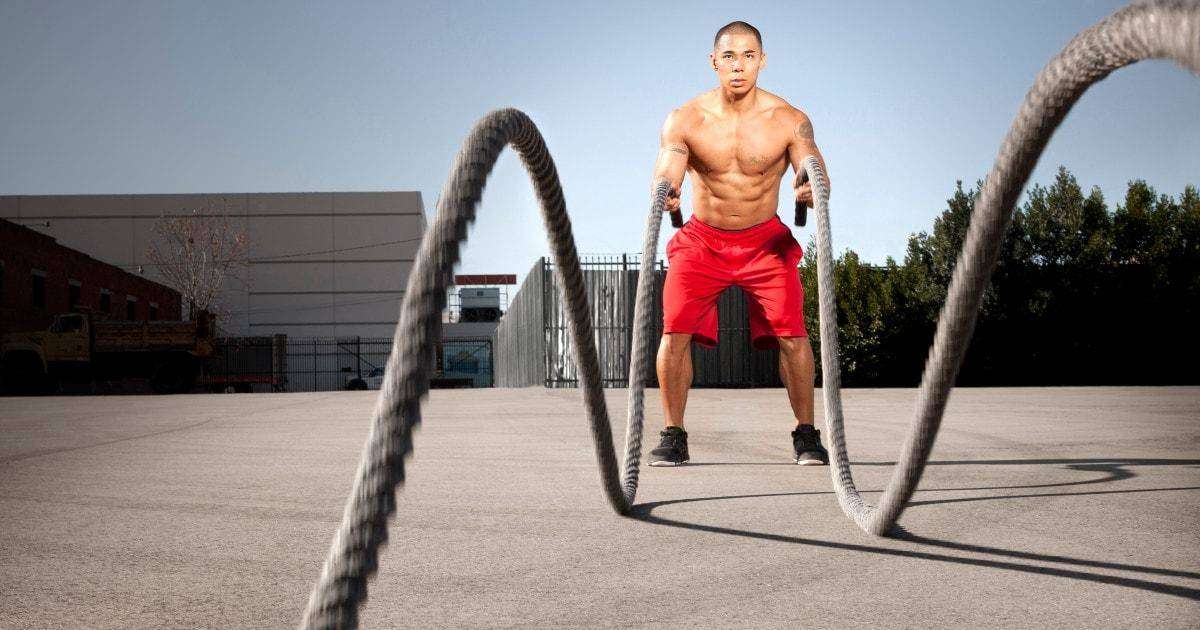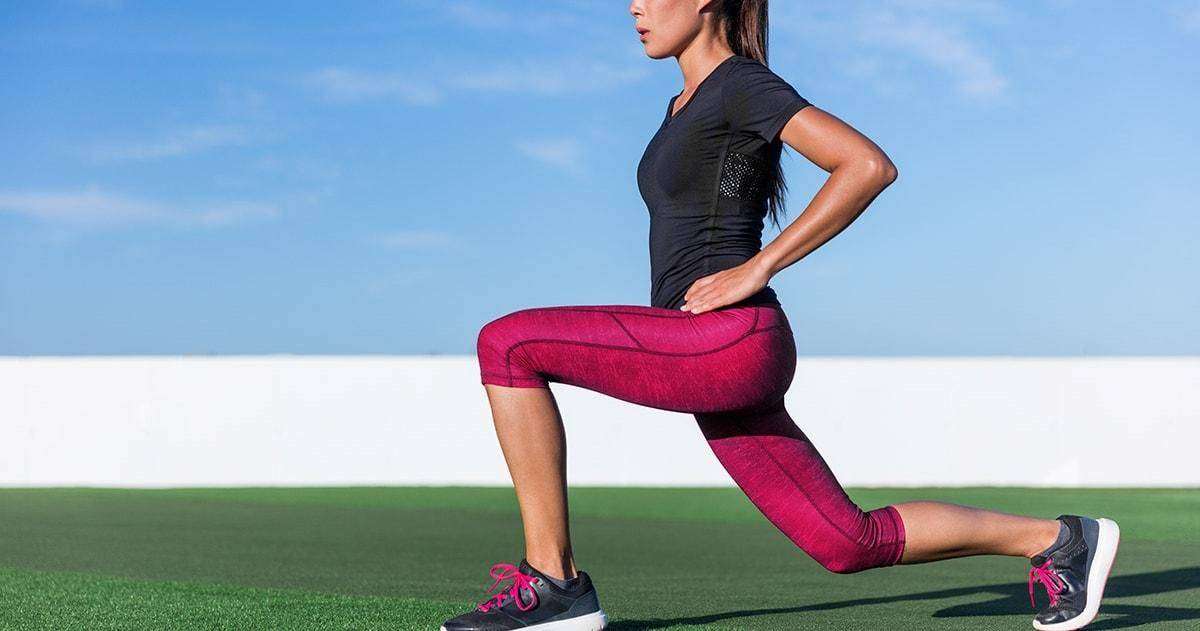
Intermittent fasting
July 23, 2019
Metabolic or cardio training?
July 29, 2019
Intermittent fasting
July 23, 2019
Metabolic or cardio training?
July 29, 2019Tip: The best Lunge for hard glutes and pain-free knees
Not only will this lunge variation work better on your saggy ass, it's also safer on the knees. Here's exactly how to do it.
DATE: July 2019
AUTHOR: Rui Madeira | Exercise

The reverse lunge involves a simple reverse step instead of the traditional forward step. Due to the change in torso angle, the reverse lunge creates more activation at the proximal hamstring and gluteal group and less compressive stress over the front side of the knees. These are all good things when your goal is to load up heavy and train for strength and size.
Coaching Notes: While smoothly stepping back under absolute control, your torso will have the tendency to flex forward, putting you into somewhat of a chest down position. As long as this flexion is coming from the hips and not the lower back, the change in angle can help recruit the glutes and hamstrings.
Common Mistakes: People have a tendency to speed up a movement that lacks dynamic stability. Many great athletes can tap into compensation patterns more effectively if a movement pattern is sped up, so you should slow yourself down and own your movements, especially in the reverse lunge.
One trick that enhances stability is the use of a "packed neck" position throughout the movement. It's been said that where the head goes, the body follows. That's why keeping your cervical spine in neutral alignment with the thoracic and lumbar region translates very nicely into crisp movements that create gains, not pains.
Train correctly! If you are unsure how to do this, consult a qualified professional to assist you.
